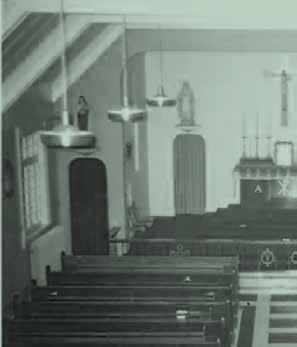
1 minute read
A Fond Farewell
Park. Both locations feature extensive shorelines and diverse microhabitats. The more exposed, windswept locales could turn out to be biologically quite different from the gentle beaches of the Gulf Islands. In addition to continuing collaboration with BC Parks, future field work will also be conducted with researchers from the Council of the Haida Nation, the Haida Heritage Centre and Haida Gwaii Museum. More than a trip to the beach, the research of Drs. Gibson and Choong has allowed the Royal BC Museum to contribute to our shared knowledge of the biodiversity of British Columbia. The specimens gathered during this fieldwork are available for all future questions about the things that make their homes where the land meets the sea.
A FOND FAIRWELL We Say Goodbye to a Former Board Member

The Royal BC Museum was saddened to hear of the passing of former board member Neil Sterritt on April 9. Mr. Sterritt was Gitxsan, a member of the Fireweed clan of Kispiox, BC. He was president of Sterritt Consulting, a company specializing in Indigenous issues. He was a key strategist and spokesperson on constitutional issues for the Assembly of First Nations and was appointed co-chair of the Aboriginal Table by the four national Indigenous organizations of Canada: the Assembly of First Nations, Inuit Tapiriit Kanatami (then the Inuit Tapirisat of Canada), the Métis National Council and the Congress of Aboriginal Peoples (then the Native Council of Canada). He was also a fellow and a past governor of the Royal Canadian Geographic Society. Mr. Sterritt dedicated himself to building an understanding and expression of Indigenous citizenship in Canada. The museum board, executive and staff express their condolences to Mr. Sterritt’s family and friends. His was a voice that will be missed.

(ABOVE) Close up of the chewing surface of a mammoth molar. Strong enamel ridges helped these megaherbivores to break down and chew tough stems and grasses. RBCM.EH2006.012.0009. (RIGHT) Cara demineralizing mammoth bone, step one of the collagen extraction process, at the SFU Archaeology Isotope Lab.










